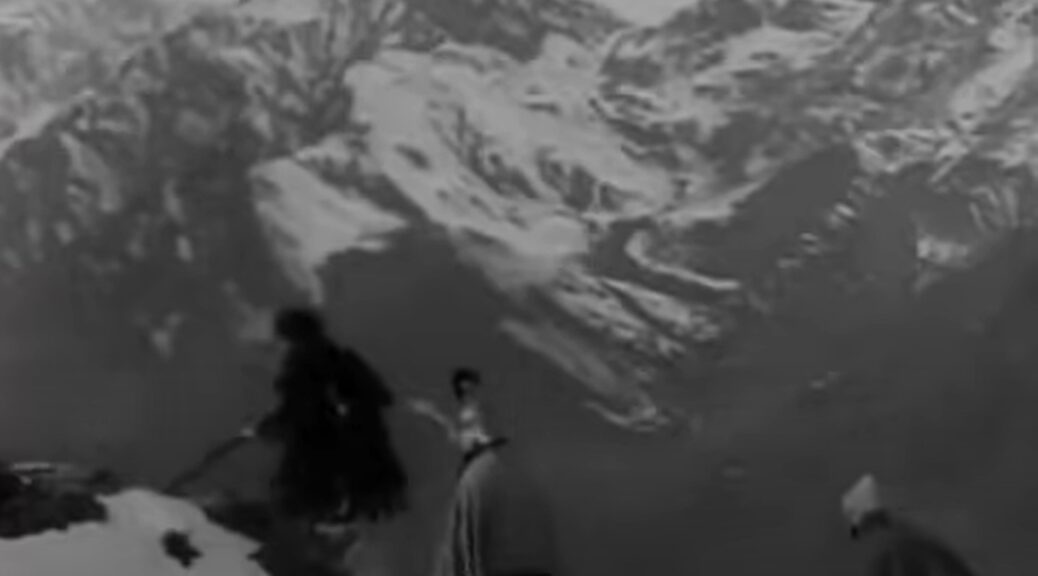
Cabiria (1914)
“Cabiria,” a silent film originally released in Italy in 1914, is the story of a little girl abducted and enslaved in Carthage during the Second Punic War. The film opens as Mt Etna erupts, displacing Cabiria, a rich Roman girl, from her home.
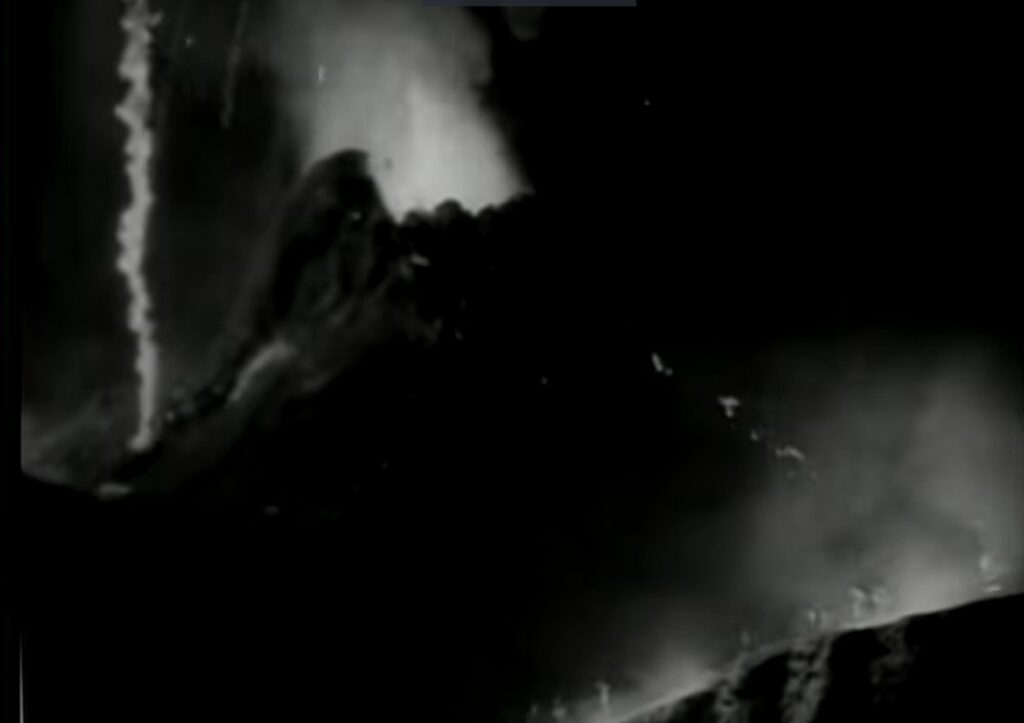
Pirates capture Cabiria while she escapes the eruption by boat and bring her to Carthage. In Carthage sell her to a Carthaginian priest to be a child sacrifice to the god Moloch. Her sacrifice is supposed to occur in a fire breathing statue of the god (which is incredibly impressive cinematography).
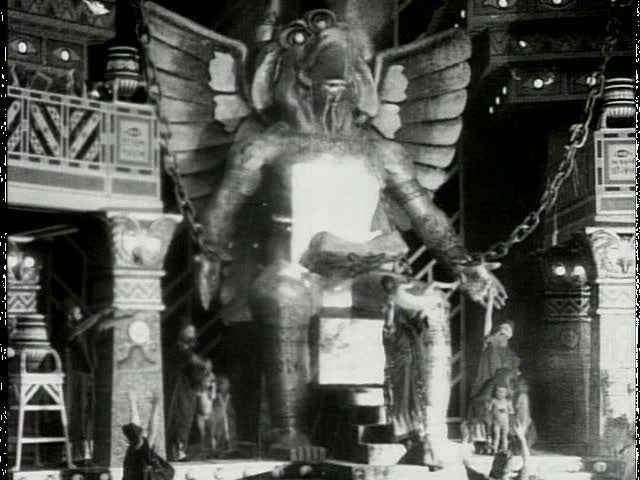
Luckily, Roman spy Fulvius and his slave Maciste save Cabiria and they escape to a nearby inn through the eye of the statue. At the same time, Hannibal marches across the alps incensing the people back in Carthage. Cabiria and her companions must escape from the inn due to a traitorous innkeeper and during their escape run into Sophonisba and Massisina, the daughter of Hasdrubal and the king of Numidia who have been betrothed. Fulvius successfully escapes but Maciste and Cabiria are recaptured.
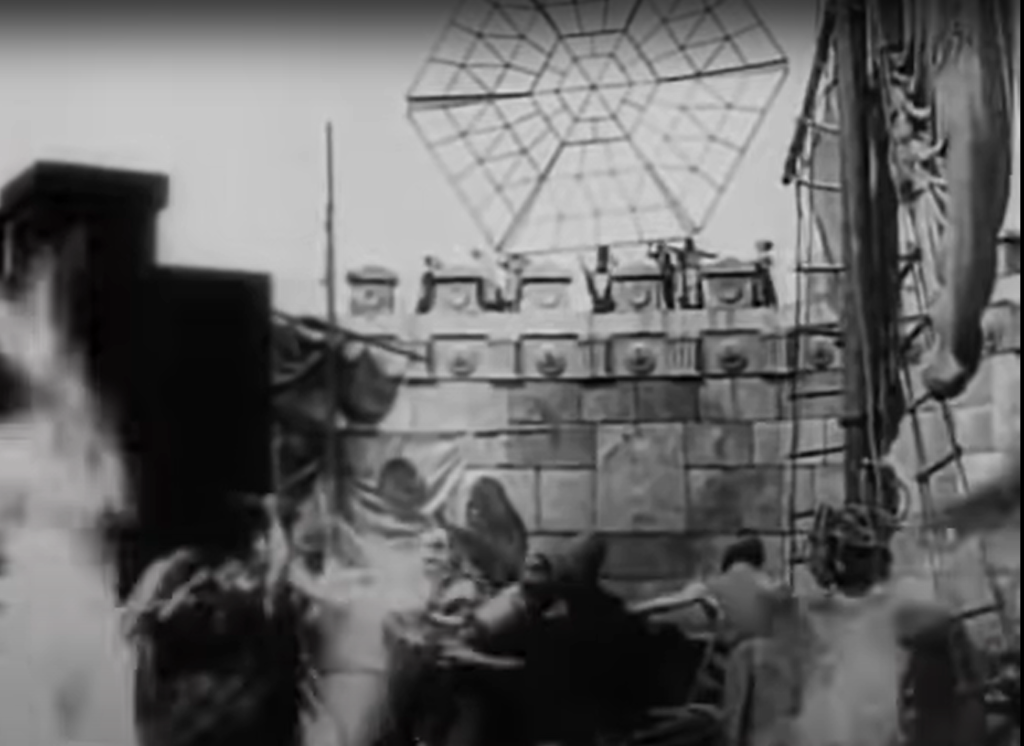
The narrative then shifts to the siege of Syracuse and its defense by the inventions of Archimedes where Fulvius has traveled after he escaped. Archimedes’ laser destroys the Roman fleet and Fulvius is shipwrecked at the new home of Cabiria’s family where he tells them that she is still alive. Fulvius then rejoins the Roman army of Scipio Africanus in North Africa and Scipio sends him back to spy on Carthage, where he sneaks in using a human pyramid.
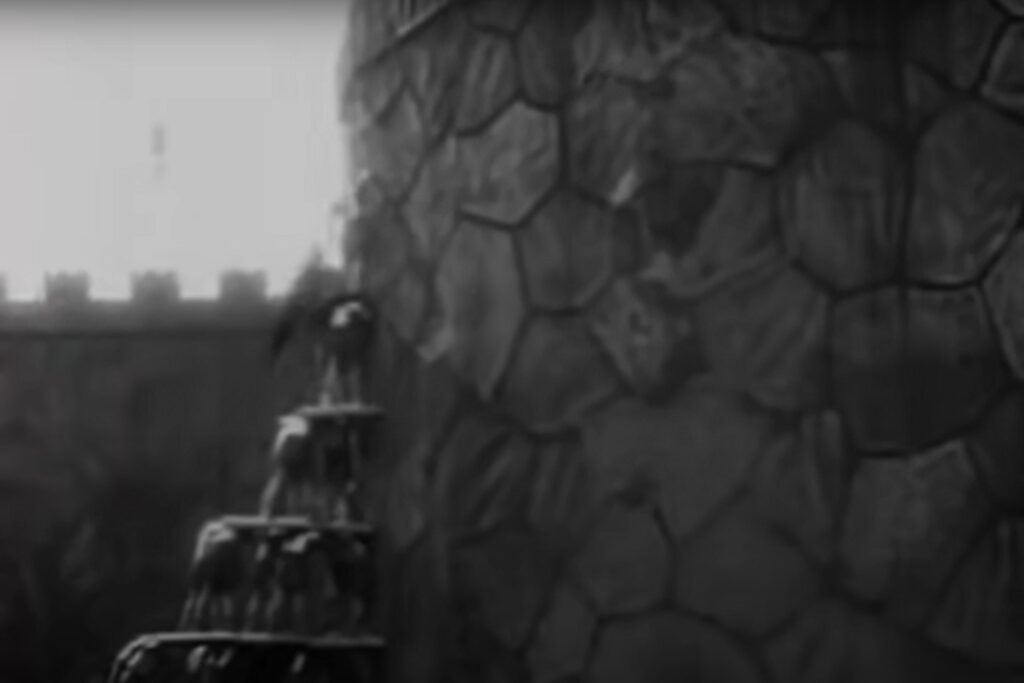
He finds Maciste still trapped as a slave and they escape to find Cabiria. During this time, the Carthiginains and their allies are engaged in an active battle with the Romans. Scipio’s army wins this battle, capturing the nearby city of Cirta with the aid of Massissina, deposed from Numidia and now an ally of Rome. Sophonisba, since married off to the king of the recently captured Cirta, is forced to commit suicide to avoid being treated as a slave by the Romans. Cabiria, a slave to Sophonisba, is freed and returns to Rome with Fulvius as the reign of Carthage has ended.
I really enjoyed watching “Cabiria” and thought it provided an interesting context to the history of Rome and the movie industry. The practical effects in the movie were incredibly impressive for the year the movie came out and the storyline was cohesive and entertaining without the use of dialogue.
“Cabiria” addressed Carthage with a very Roman attitude which harkened back to our discussions in class about the Roman portrayal of Hannibal and Carthage as bloodthirsty and purely militaristic. A similar attitude towards the Carthaginians is evident from the beginning of the movie where Cabiria is supposed to be a child sacrifice to a Carthaginian god. The Carthaginians as a whole in the movie are treated as rather generic villains in a similar fashion to the way they are portrayed in Roman writings.